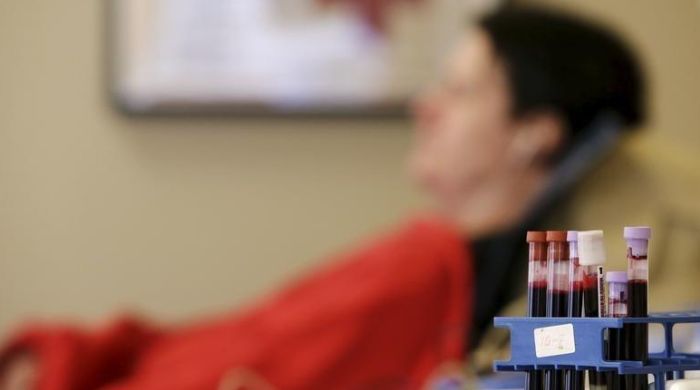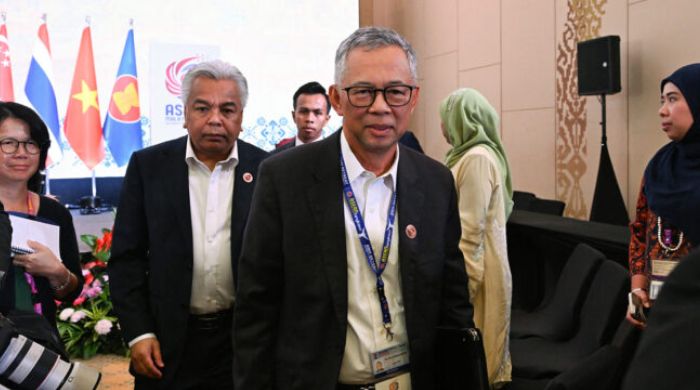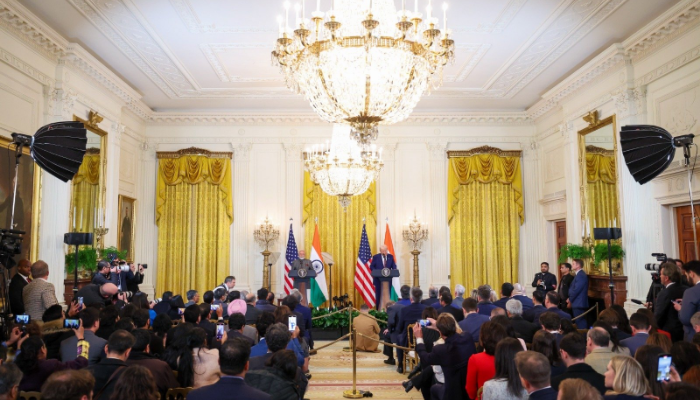DHAKA: Anaemia, a condition affecting millions of children, adolescent girls, and women in Pakistan, is causing significant economic losses. It costs the country over $3 billion each year in lost productivity and human capital, according to a report by Nutrition International.
Children alone account for $2.5 billion of these losses, while adolescent girls and women contribute an additional $595 million.
Anaemia remains a serious health challenge. Among children aged 6-59 months, 53% are affected, with 2.8 million new cases reported annually. Pakistan ranks second in South Asia and 39th globally for child anaemia prevalence.
For women and adolescent girls, 41.3% suffer from anaemia. The country ranks fourth in South Asia and 35th globally in this group. Each year, 23.9 million new cases are reported among adolescent girls and women aged 15-49, including 918,154 cases in pregnant women.
The main causes of anaemia in children include poor diet, recurrent infections, and poor maternal health. For women, frequent pregnancies, chronic conditions, and inadequate iron intake are major contributors.
Dr. Shabina Raza, country director for Nutrition International, stressed the long-term effects of anaemia on cognitive development, education, and productivity. “It creates a lasting impact on the nation’s economic growth,” she said.
The World Health Assembly aims to cut anaemia by 50% by 2025, but Pakistan faces significant challenges in achieving this. Iron deficiency remains a major driver of anaemia, affecting maternal health and economic productivity.
The Ministry of National Health Services called anaemia a dual health and economic crisis. “Addressing anaemia through nutrition-focused interventions is crucial for a healthier and more productive society,” it stated.
Anaemia causes cognitive and physical development issues in children and reduces productivity in adults. It also contributes to the broader cost of undernutrition, which amounts to $17 billion annually—4.6% of Pakistan’s Gross National Income (GNI).
Stunting has the largest economic impact, costing $16 billion annually (4.2% of GNI), while low birth weight adds $7.1 billion. These issues pose long-term challenges for human development and national growth.
Source: The Express Tribune

















